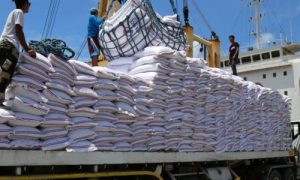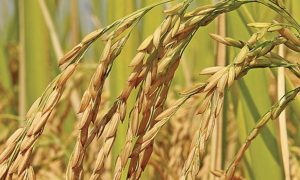Uneven rainfall hits paddy sowing in India

Uneven monsoon impacts rice planting in India, with farmers planting 26% less than last year. Heavy rain in northern states narrows rainfall deficiency.
New DelhiAn uneven monsoon has impacted the planting of rice, the main summer staple, with farmers planting the grain in 2.6 million hectares as on June 30, nearly 26% less compared to the corresponding period last year, latest official data showed on Friday.
A pickup in the monsoon rains in the last week of June has led to an expansion in the area under several crops, such as pulses, millets and oilseeds. However, the cumulative rainfall deficit is tracking at 10% as of Friday after a delayed start on June 8, whose impact is mainly visible in paddy sowing.
Heavy rainfall in northern states has narrowed rainfall deficiency from a high of 33% on June 23. Yet, the monsoon’s distribution remains highly skewed with 47% of the country receiving deficient to large-deficient rainfall, according to data from the India Meteorology Department.
The area under pulses stood at 1.5 million hectares, the same as the previous year, while millets have been sown in 3.6 million hectares, compared to 2.6 million hectares last year. A weak monsoon may have prompted farmers in rain-fed areas to avoid paddy since millets are hardy crops requiring much less water.
Rains have been scanty in major rice growing states such as Odisha, Andhra Pradesh as well as Maharashtra, a major producer of cotton, sugarcane and oilseeds.
Millions of farmers depend on the monsoon to grow summer crops, such as rice, maize, coarse cereals such as pearl millet, lentils such as urad (black gram) and arhar (pigeon peas), apart from sunflower, groundnut and soybean, crops that yield edible oils.
Area-wise, only about 27% of the country has received normal rainfall. The monsoon, critical to the economy, waters nearly half of the country’s farmland and is vital for drinking, power generation and irrigation. It is on track to cover the entire country within the next three to four days.














